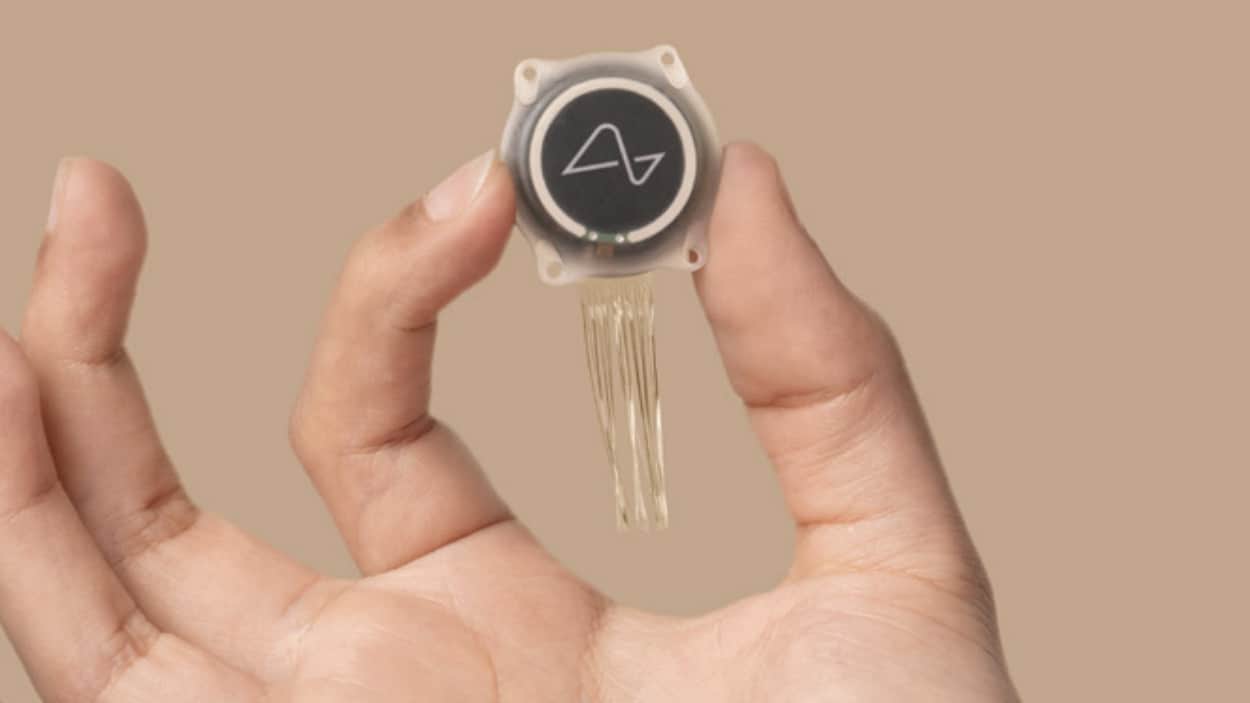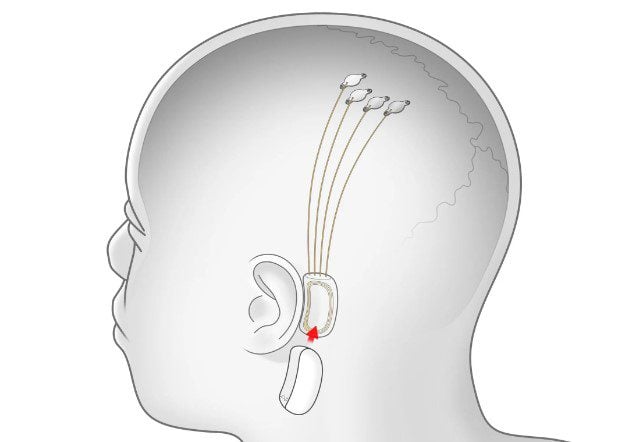The brain-internet interface is being created by Neuralink, a corporation Elon Musk established in 2016. For the purpose of bridging humans and computers, Neuralink is developing ultra-high bandwidth brain-machine interfaces. The goal of the business is to improve and enrich the lives of people while fostering a brighter future for humanity.
Neuralink’s major goal is to give people greater freedom by directly connecting their brains to computers, allowing for faster and clearer thought than ever before. Scientists hope that direct mental control of a computer may allow individuals who are blind or disabled to regain some of their lost talents.

Pros
Neuralink technology, which enables direct brain-computer connectivity and immediate access to vast amounts of information, has the potential to enhance our intelligence. By storing experiences for later retrieval, it can improve memory recall. Furthermore, it offers the possibility of preventing memory loss associated with aging by allowing individuals to upload their memories onto a cloud-based AI system, ensuring their preservation. The implementation of Neuralink can significantly improve the quality of life for people with disabilities, restoring bodily control for the paralyzed and providing the gift of sight to the blind. Additionally, it holds the promise of restoring hearing to the deaf.
With the use of this technology, people will be able to interact freely with machines without the need for any external devices like touch displays or keyboards. In other words, people can operate equipment without using their hands or voices. They only require their ideas, which are readily available thanks to a neural implant in their head. Humans may anticipate improved connectivity between machines and people thanks to Neuralink, so they won’t have to worry about poor internet speeds or networks breaking down in far-off places.
Cons
Although there is a chance for misuse and abuse, all technologies have those risks, thus this situation may not be as serious as many people think. The most significant challenges will be imagined rather than actual, but this wouldn’t have been a concern if everyone had used civilizational and systemic processes based on current scientific norms. But another potential issue relating to human civilization instead of technology is that advanced technology like this is still costly and restricted to certain societal groups.

As Neurolink is fully established, everyone must take into account how it will affect their everyday lives, behaviour, and ability/disability; however, subjectively favourable results ultimately depend on each user’s ideal usage patterns, which calls for more research. Long-term demonstration of the concept, body acceptance, and the possibility of scarring are all causes for concern.
The scarring has the ability to affect nearby tissue as well as nerve fibres and the immune system. Due to legal concerns, there hasn’t been much comprehensive testing on humans, which poses a significant safety risk. BCIs may unintentionally have negative effects, such as addiction, anxiety, or sadness, as a result of incorrect use or defective implants.
FAQ








